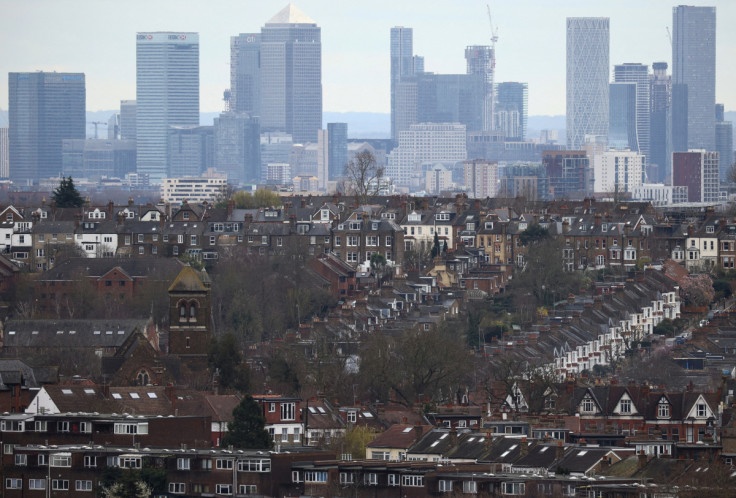UK House-building Falls By Most Since 2020 As Interest Rates Bite -PMI

British house-building fell at the sharpest pace since May 2020 last month as the cost of higher interest rates outweighed an easing in supply chain difficulties that bolstered other types of construction, according to a survey released on Thursday.
The S&P Global/CIPS construction Purchasing Managers' Index (PMI) fell to 50.7 in March after jumping to 54.6 in February, although the reading still indicated modest growth and was the second-highest since October, when the "mini-budget" crisis of former Prime Minister Liz Truss caused borrowing costs to leap.
"Despite worries about the near-term outlook for housing activity, expectations for total construction output during the year ahead were relatively upbeat in March," said Tim Moore, economics director at S&P Global Market Intelligence.
Hiring rose at the fastest rate since October, reflecting greater workloads and new projects, and expectations for future activity were the highest since February 2022.
More broadly, the PMI data published this week suggests Britain's private sector avoided shrinking in the first quarter of 2023, after the economy as a whole eked out 0.1% growth in the last quarter of 2022, according to official data.
The all-sector PMI - which includes figures for the much larger services and manufacturing sectors, released earlier in the week - dropped to 52.1 in March from 53.2 in February but stayed above the 50 level which divides growth from contraction.
Construction accounts for about 6% of British economic output, and the sector recorded quarterly growth of 1.3% in the last three months of 2022.
The slowing of the construction PMI in March was driven by a fourth consecutive monthly fall in house-building, which declined at the fastest rate since May 2020.
Builders cited a reduction in new housing projects as a result of higher interest rates, S&P said. Last month the Bank of England raised borrowing costs for the 11th time since December 2021, taking interest rates to 4.25%.
Mortgage lender Nationwide Building Society reported last month that average house prices in March were 3.1% lower than a year earlier, the biggest annual drop since 2009.
By contrast, civil engineering activity was buoyed by work on the government's costly and delayed HS2 rail project, which initially aims to boost capacity between London and Birmingham.
Construction companies reported a marked reduction in supply-chain difficulties which have hampered the sector since early in the COVID-19 pandemic.
BoE policymakers have said they will look closely at how fast inflation pressures are easing before they decide whether to raise rates again at their next meeting in May.
Suppliers' delivery times improved at the fastest pace since 2009 and input costs grew at the second-slowest pace since November 2020, though inflation remained historically high.
© Copyright Thomson Reuters 2023. All rights reserved.






